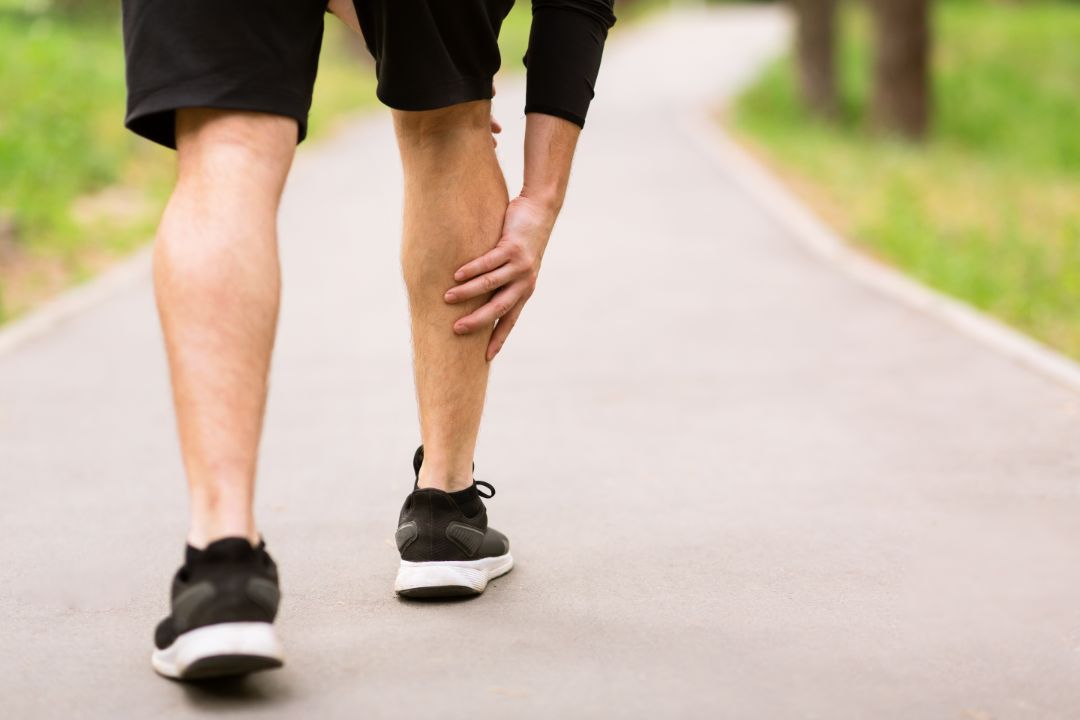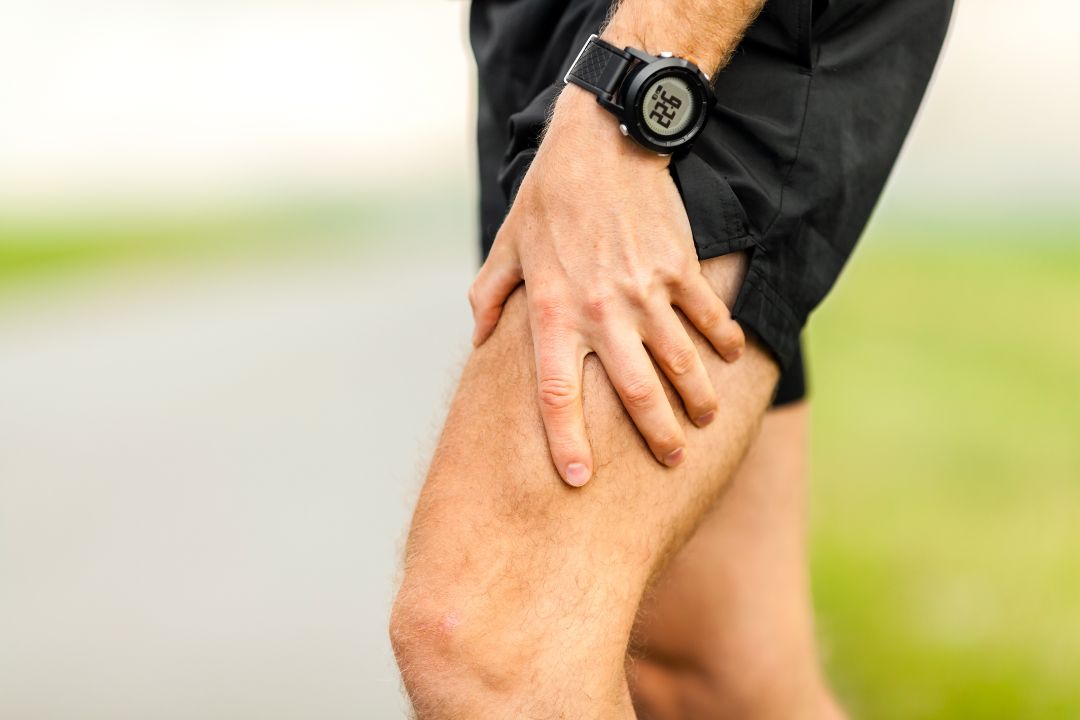Muscle strain is a condition that occurs when a muscle is overstretched or torn due to excessive physical activity or injury. It is a common problem that affects people of all ages and fitness levels. Understanding the causes and symptoms of muscle strain can help you prevent and treat this condition effectively.
Muscle strain, also known as a pulled muscle, is a condition that results from overstretching or tearing of the muscle fibers. It can affect any muscle in the body but is most commonly seen in the legs, back, and neck. It can occur due to sudden movements, overuse, or improper technique during physical activity.
If you experience muscle strain, several remedies can help alleviate pain and discomfort. Applying ice to the affected area can reduce inflammation and swelling. Over-the-counter pain relievers, such as ibuprofen, can also help alleviate pain. Gentle stretching and massage of the affected muscle can also promote healing and reduce stiffness.
Several exercises can help alleviate muscle strain. Stretching exercises can help improve the range of motion and reduce stiffness. Strengthening exercises can help prevent future condition by improving strength and flexibility. Low-impact exercises, such as swimming or cycling, can also help alleviate pain and promote healing without putting undue stress on the affected muscle.

Photo Credit: YuriArcursPeopleimages, Envato
Muscle strain can occur for a variety of reasons, and it is important to understand the underlying causes to prevent future injuries. Some of the most common causes of muscle strain include:
It is important to note that muscle strain can occur in any muscle in the body, not just those most frequently used during physical activity. Even simple movements, such as lifting a heavy object or twisting the wrong way, can cause strain in the muscles involved.
Muscle strain, also known as a pulled muscle, is a common injury that can result from overuse, improper technique during physical activity, or sudden movements. While this condition can occur in any part of the body, it most commonly affects the back, neck, shoulders, and hamstrings.
The severity of muscle strain symptoms can vary depending on the extent of the injury. Mild strains may only cause slight discomfort, whereas more severe strains can result in significant pain and limited mobility.

Photo Credit: Prostock-studio, Envato
If you experience symptoms of muscle strain, it is important to take immediate action to prevent further injury. Resting the affected muscle, applying ice, and taking nonsteroidal anti-inflammatory drugs (NSAIDs) can help reduce swelling and pain. If symptoms persist or worsen, it is important to seek medical attention.
While muscle strain can be a frustrating and painful experience, there are preventive measures that can reduce the risk of developing it. Here are some tips to help you avoid this condition:
Before engaging in any physical activity, it’s essential to warm up. Warming up increases blood flow and improves mobility to prepare the muscles for exercise.
Proper technique during physical activities, such as weightlifting, running or playing sports, is crucial to prevent muscle strain.
Stretching after exercise helps to cool down the muscles, enhance flexibility and reduce the risk of muscle pull.
Rest and recovery are critical for preventing muscle strain and ensuring proper muscle function.
Following these tips can significantly reduce your risk of developing muscle strain. However, if you experience muscle strain, seeking medical attention promptly and taking appropriate measures to prevent further injury is essential.

Photo Credit: AmnajKhetsamtip, Envato
Various treatment options are available for muscle strain, depending on the severity of the injury. Treatment aims to alleviate pain, reduce inflammation, and promote healing. It is important to seek professional medical advice before treating this condition, especially if the pain persists or worsens.
Self-care measures can help alleviate muscle strain and promote healing. The RICE method is a common approach to treating muscle strain at home:
Over-the-counter pain medication, such as acetaminophen or ibuprofen, can also help alleviate pain and reduce inflammation. Always follow the recommended dosage and consult with a doctor before taking any medication.
If the pain persists or the injury is severe, professional medical treatment may be needed:
When treating muscle pull, allowing the injured area to rest and heal properly is important. Rushing back to physical activity too soon can result in further injury and delay recovery.

Photo Credit: blas, Envato
Recovering from muscle strain can take time and requires a comprehensive approach that combines rest, self-care, and physical therapy. The timeline for healing will depend on the severity of the strain and the chosen treatment options. In most cases, mild to moderate strains can heal within a few days to a few weeks, while more severe strains may take several months or longer to heal completely.
Rehabilitation exercises are an essential component of the recovery process. These exercises help to restore muscle strength and function, prevent further injury, and improve overall mobility. Depending on the severity of the strain, rehabilitation exercises may start as soon as the initial pain and swelling have subsided or may be delayed until later stages of recovery. The type of exercises recommended will depend on the specific muscle affected, the individual’s overall fitness level, and other personal factors. Physical therapy can play an important role in guiding individuals through rehabilitation and ensuring that they perform exercises correctly and safely.
Physical therapy is a common therapeutic approach used to treat muscle strain. A physical therapist can design an individualised treatment plan that includes exercises, stretches, and other modalities such as heat therapy or ultrasound, to help alleviate pain and promote healing. Physical therapy can also help individuals learn proper techniques for physical activities and develop strategies to prevent future injuries. In addition to physical therapy, other therapeutic approaches such as massage therapy, acupuncture, and chiropractic care may be beneficial in treating muscle strain. It is important to consult with a healthcare professional before starting any new treatment approach.
Muscle strain, or pulled muscle, occurs when muscle fibres are stretched or torn. It can result from overexertion, improper form during physical activity, or sudden, forceful movements.
Common symptoms of muscle strain include pain, swelling, muscle spasms, limited range of motion, and weakness in the affected area.
To prevent muscle strain, it is important to warm up adequately before physical activity, use proper technique and form, gradually increase the intensity and duration of exercise, incorporate rest and recovery into a fitness routine, and maintain overall flexibility and strength.
Treatment for muscle strain typically involves self-care measures, such as rest, ice, compression, elevation (RICE), and over-the-counter pain medication. Physical therapy, prescription medication, and alternative therapies may be recommended in more severe cases.
The recovery time for muscle strain varies depending on the severity of the injury. Mild strains may heal within a few days to a week, while more severe strains may take several weeks or months to recover fully. Rehabilitation exercises and physical therapy can help speed up healing and restore muscle strength.
While muscle strain is not typically considered a serious injury, it can be painful and limit mobility. It is important to seek appropriate treatment and follow recommended recovery methods to prevent further complications or prolonged healing.